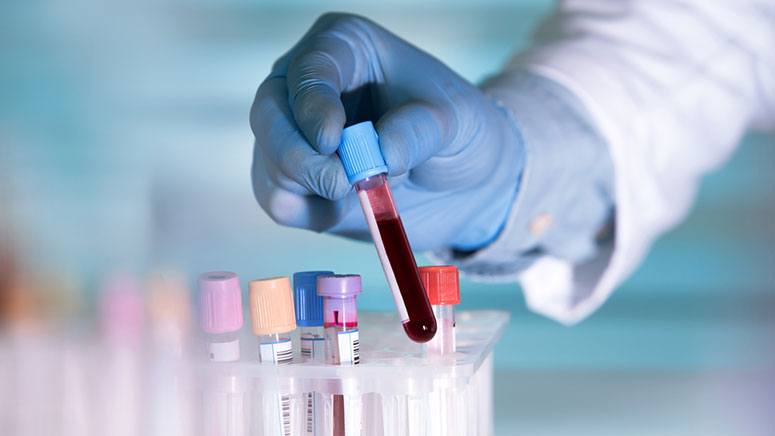Diagnosis of CML

A Doctor needs to perform additional tests to confirm a diagnosis of CML and CLL.
CML: Most people with CML don’t display symptoms. Diagnostic testing may involve;
- Blood tests: A complete blood count (CBC) and peripheral smear can tell doctors whether there are abnormal levels or types of cells. White blood cell counts will be high in people with CML, and there may be abnormal immature cells seen. They may also have low red blood cell counts and high or low platelet counts.
- Imaging tests: Computed tomography (CT) scans and ultrasounds help check for lymph node enlargement, which may be a sign of leukemia [6].
- Genetic testing: The presence of a Philadelphia chromosome can help narrow down a diagnosis. In people without the Philadelphia chromosome, polymerase chain reaction (PCR) testing can help detect the BCR-ABL gene associated with CML.
- Bone marrow biopsy: A bone marrow sample can help with diagnosis (having too many blood-forming cells in the bone marrow is a sign of CML) and let doctors know whether treatment is working.













